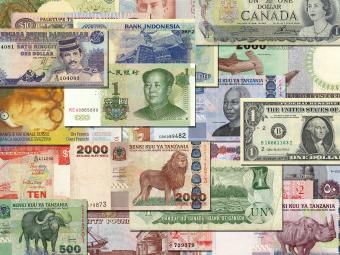Remittances
Recent Activity
Recent Activity
This edited volume examines the development impact of diasporas in six critical areas: entrepreneurship, capital markets, "nostalgia" trade and "heritage" tourism, philanthropy, volunteerism, and advocacy.
A growing body of evidence suggests that diasporas play a critical role in supporting sustainable development by transferring resources, knowledge, and ideas back to their home countries, and in integrating their countries of origin into the global economy.
Remittances would seem to boost the chances that children in Mexico complete high school. But money alone does not improve schooling outcomes in the educationally marginalized, migrant-sending regions of southern Mexico, as Adam Sawyer of the Harvard Graduate School of Education reports.
The world's second most populous country also has a vast diapora spread across nearly every continent. Daniel Naujoks provides a broad overview of Indian migration flows and major populations worldwide, and discusses India's diaspora policies, refugees and asylum seekers from the region, and illegal immigrants from Bangladesh.
This book explores how developing-country governments have institutionalized ties with emigrants and their descendents. It offers an unprecedented taxonomy of 45 diaspora-engaging institutions found in 30 developing countries, exploring their activities and objectives. It also provides important practitioner insights from Mali, Mexico, and the Philippines.
This report, commissioned by the BBC World Service, seeks to explore the myriad impacts of the global financial crisis that began in September 2008 on migration flows, immigration policies, remittances, and on migrants themselves. Select countries and regions are examined in detail to highlight overarching trends and regional differences.
This report provides a global look at circular migration experiences, depicts various governments’ attempts at creating circular migration, evaluates the economic costs and benefits of circular migration for sending and receiving countries, identifies components of effective bilateral agreements, and reviews outcomes governments might realistically expect from their circular migration policies.
For many Armenians, working abroad and sending money home has become the main way of coping with poverty and limited job prospects. Aleksandr V. Gevorkyan, Arkady Gevorkyan, and Karine Mashuryan examine recent labor migration flows, the growth in remittances, and concerns about the country's dependence on both.





![featured_closing_distance[1]](https://www.migrationpolicyinstitute-europe.com/sites/default/files/styles/publication_thumbnail/public/pub_covers/featured_closing_distance%5B1%5D.jpg?itok=Sf0m8mrc)

